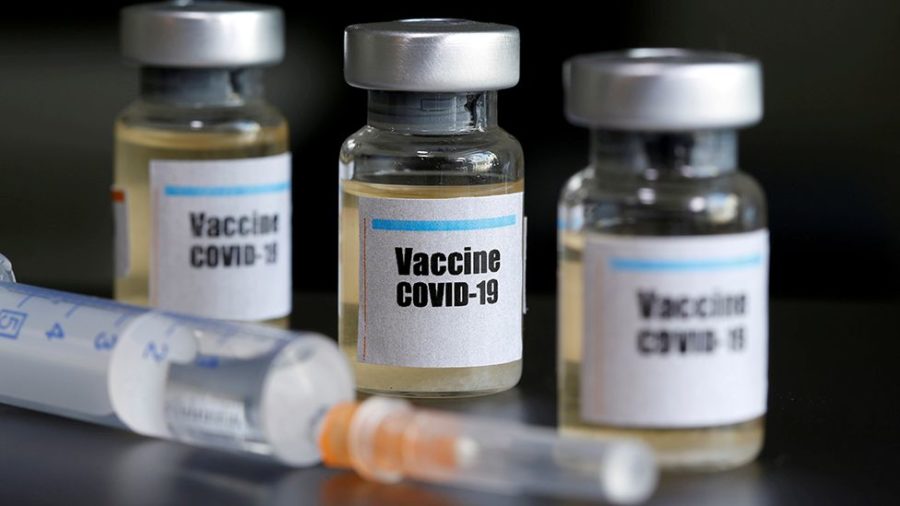Today, the world is being swallowed by a culture full of sexuality. Images and advertisements in media create impressions on society, meaning those that are sexually active need to be fully informed of the risks of sexual behavior. -Kara Davidson
Sex is everywhere in society: advertisements, media and much more. College students today are surrounded by images of casual sex, a different view of intimacy than that held by previous, more conservative generations. But what does that mean to those students’ attitudes toward sex and their awareness of sexual health and safeguards?
“Many students are not fully informed regarding risks of pregnancy and (sexually transmitted diseases),” said Dr. Daniel Edney, a physician of internal medicine with 24 years of practice.
According to Edney, the only form of prevention that is always effective is abstinence, and he said that any kind of sexual activity can cause problems. If sexual relations take place, though, both oral contraceptives for women and a condom for men would be the most effective means of protection.
“Oral contraceptives are less than 95 percent effective in preventing pregnancy,” Edney said. “Condoms in combination with a cervical cap with spermicidal jelly is equally effective for contraception. The ‘morning-after pill’ is not 100 percent effective in preventing pregnancy.”
He also stated the importance of properly using both forms. Oral contraceptives are only effective against pregnancy if taken exactly as prescribed, and condoms must be used perfectly, as well, in order to prevent pregnancy or STIs.
According to the Mississippi State Department of Health, Mississippi has the highest rates of both chlamydia and gonorrhea in the nation. The MSDH website also said Mississippi had the highest teenage birth rate in the U.S. in 2009.
These statistics might indicate a population that is sexually active without being properly informed about safeguards.
As John Davenport, a junior human performance and recreation major at The University of Southern Mississippi, said, “I think sex has always been a big deal; it’s just more of an open big deal in today’s culture.”
Sara Crosby, a junior English major, agreed with Davenport by saying that sex is commonly used now as a marketing ploy. She said that the use of sex in a competitive and invasive market breeds a mindset that is harmful to teaching proper sexual health. “Society does not promote safe-sex knowledge,” Crosby said.
Both Davenport and Crosby thought that most college students have access to the tools necessary to learn about proper means of sexual protection.
However, Davenport said, “I don’t think college students care about the pros (or) cons of options and don’t seek them out. Whichever type of protection students employ is the gold standard to them, and they likely aren’t about to change their opinion.”
In terms of responsibility, Davenport noted that men often do not share the same level of concern as women.
“I don’t think men are as worried about protection as women just because they won’t really deal with the consequences of pregnancy,” Davenport said.
Crosby, Davenport and Edney all agreed that responsibility falls on both parties. Edney also tied mutual responsibility to the importance of mutual consent.
For more information on sexual health and protection, the Centers for Disease Control and Prevention website discusses various methods of protection and indicates the typical effectiveness of these methods when used on average.































